The Power of Color: Eating the Rainbow for Optimal Health
In recent years, the phrase "eat the rainbow" has gained traction in health and wellness circles, encouraging people to consume a variety of colorful fruits and vegetables. But is there more to this catchy slogan than mere aesthetics? The answer is a resounding yes! Embracing a rainbow of colors in our diets can provide a plethora of health benefits, ranging from improved nutrient intake to enhanced disease prevention.
The Science of Color
The vibrant colors of fruits and vegetables are more than just eye candy; they signify the presence of various phytonutrients—natural compounds found in plants that contribute to their color, flavor, and disease resistance. Each color group is associated with specific vitamins, minerals, and antioxidants, which collectively play vital roles in maintaining our health. Here’s a closer look at the nutritional powerhouses represented by each color:
Red
Red fruits and vegetables, such as tomatoes, strawberries, and red bell peppers, are rich in lycopene and anthocyanins. Lycopene is linked to heart health and reducing the risk of certain cancers, particularly prostate cancer. Meanwhile, the antioxidants found in red foods can combat oxidative stress, thereby reducing inflammation.
Orange and Yellow
Carrots, sweet potatoes, and citrus fruits are notable members of the orange and yellow category. Rich in beta-carotene, these foods are converted to vitamin A in the body, which is crucial for vision, skin health, and immune function. The vitamin C found in citrus fruits boosts the immune system and aids in collagen production for skin and joint health.
Green
Greens like spinach, kale, and broccoli are nutritional powerhouses packed with vitamins A, C, K, and several B vitamins. They offer a wealth of minerals, including iron, calcium, and magnesium. Crucially, green vegetables promote digestive health due to their high fiber content and are linked to lower risks of chronic diseases such as diabetes and heart disease.
Blue and Purple
Fruits like blueberries, blackberries, and eggplant belong to the blue and purple category. These foods are loaded with anthocyanins, antioxidants associated with improved cognitive function, reduced inflammation, and a lower risk of heart disease. Regular consumption of these colorful foods has even been correlated with enhanced memory and brain health.
White and Brown
Don’t overlook white and brown foods like garlic, onions, cauliflower, and mushrooms. These foods are often rich in allicin, quercetin, and other compounds that can bolster heart health while providing critical vitamins and minerals. They also contain prebiotics that support gut health and digestion.
The Health Benefits of Eating a Rainbow
-
Enhanced Nutrient Absorption: Different colors complement one another by providing a rich variety of nutrients, ensuring our bodies receive a more comprehensive range of vitamins and minerals.
-
Chronic Disease Prevention: A colorful diet has been consistently associated with a lower risk of chronic diseases such as heart disease, diabetes, and certain cancers. This is primarily due to the antioxidants and anti-inflammatory compounds found in colorful fruits and vegetables.
-
Weight Management: Colorful foods tend to be lower in calories and high in fiber, helping you feel full while consuming fewer calories. This makes it easier to maintain a healthy weight when you fill your plate with a variety of fruits and vegetables.
- Mental Health Benefits: Research suggests that a diet rich in fruits and vegetables can positively affect mental well-being. Consuming these colorful foods may improve mood, reduce the risk of depression, and enhance overall cognitive function.
How to Incorporate the Rainbow Into Your Diet
- Start Your Day Right: Add berries and bananas to your breakfast cereal or smoothie.
- Snack Smart: Keep a variety of colorful fruits and vegetables on hand for quick snacks. Hummus with carrot sticks or apple slices with peanut butter are delicious options.
- Make Vibrant Salads: Create salads with mixed greens, cherry tomatoes, bell peppers, cucumbers, and purple cabbage. The more colors on your plate, the better!
- Experiment with Cooking: Roasting or sautéing a mix of colorful vegetables not only makes for a visually stunning dish but enhances flavors and nutrition.
- Get Creative: Incorporate color into your dishes through dips, sauces, and even desserts. Think beetroot hummus or a fruit salad that showcases all the spectrum’s colors.
Conclusion
Eating a rainbow of fruits and vegetables is more than a dietary trend; it’s a pathway to optimal health. By diversifying the colors on our plates, we can harness the unique benefits of each hue, enhancing our nutritional intake and supporting our overall well-being. So, the next time you sit down for a meal, remember: the more colorful your plate, the healthier you’ll be! Embrace the power of color and enjoy the delicious journey to better health.
Modern nutrition science continues to unravel the intricacies of how the foods we eat impact our health. For further reading on this enlightening topic, consult the comprehensive resources available at [modern_footnote_source_link].















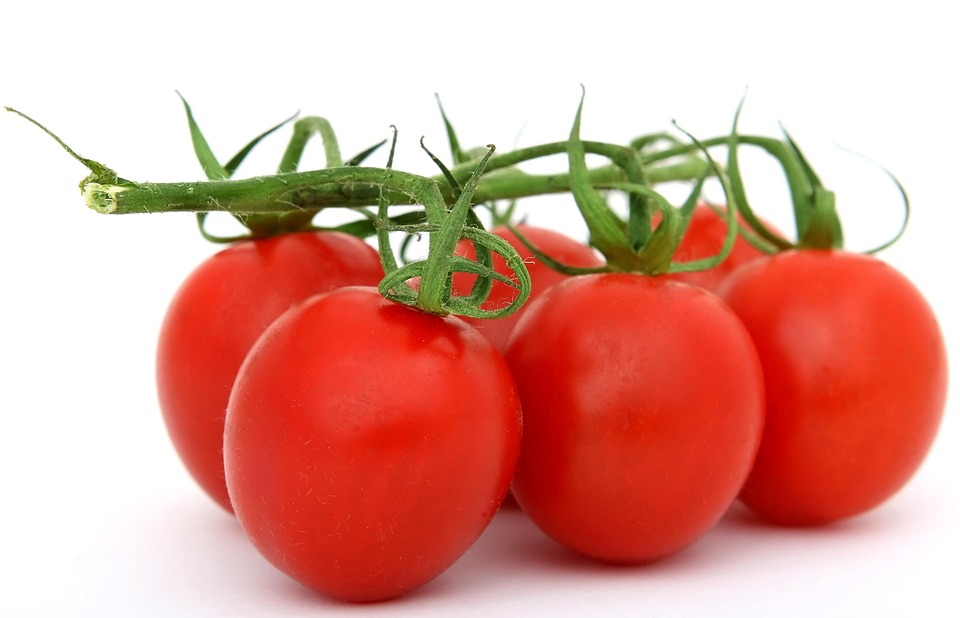
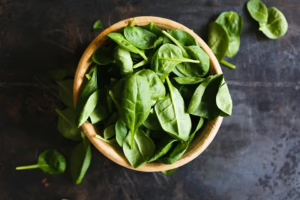
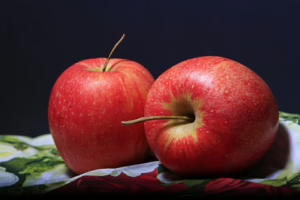
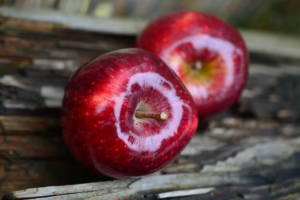
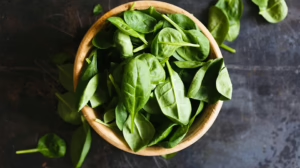
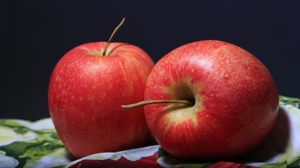
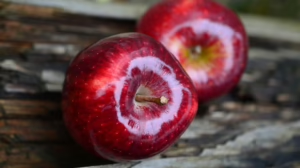




Add Comment